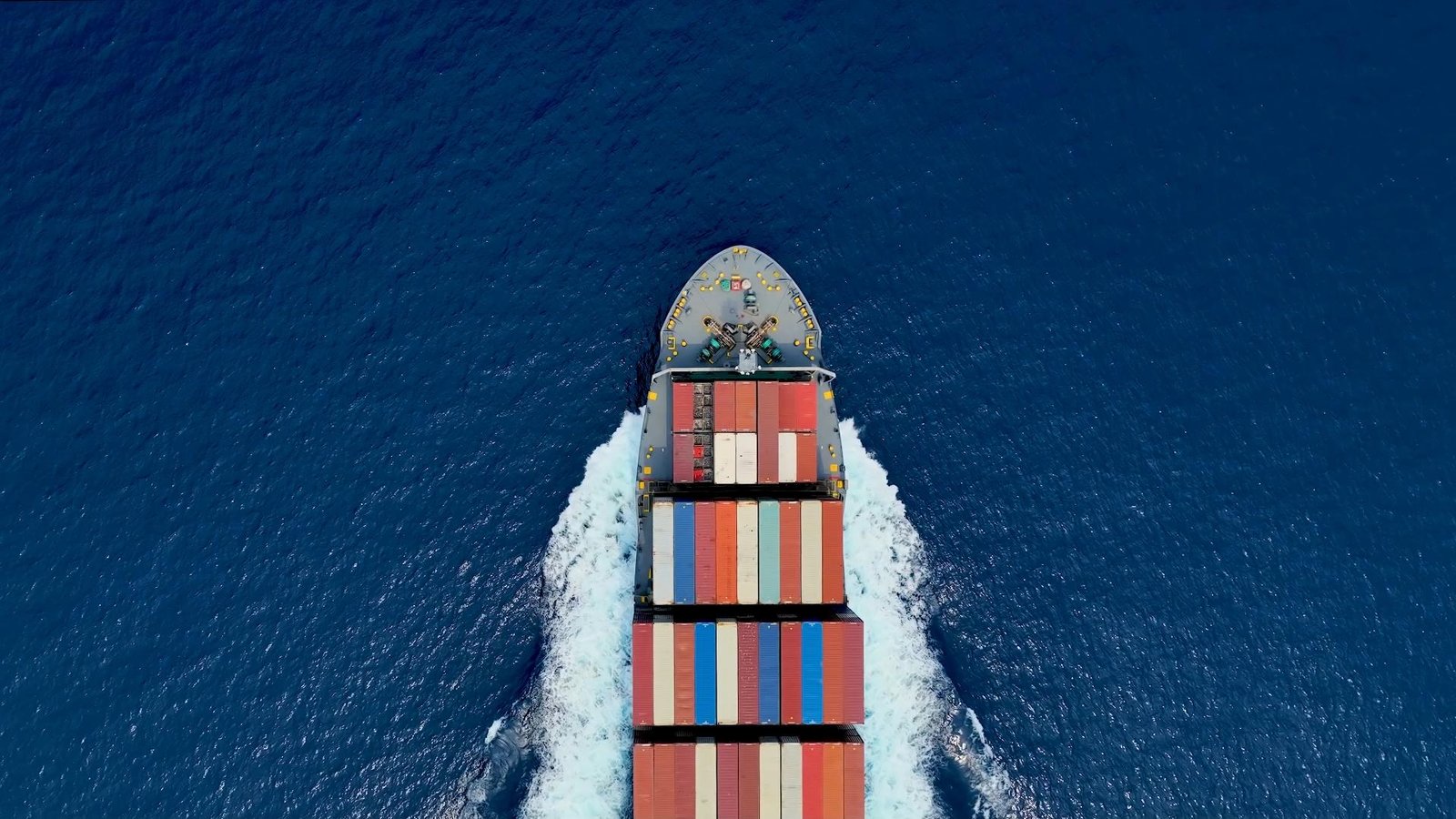In international logistics, complexity is the norm—not the exception. Delays, extra charges, customs issues, and coordination gaps can erode margins and damage customer trust. For operations managers, measuring the right logistics KPIs is the first step to gaining control, visibility, and continuous improvement.
Here’s a breakdown of the most important international logistics KPIs you should be tracking in 2025—and how they help optimize your supply chain.
📈 1. On-Time Delivery (OTD)
Definition: Percentage of shipments delivered on or before the committed delivery date.
Why it matters:
This KPI reflects your reliability as a supplier or distributor. Frequent delays lead to production stoppages or lost sales for your customers.
Target benchmark: 95% or higher for top-tier performance
⏳ 2. Transit Time Accuracy
Definition: How closely actual transit times match estimated lead times (in days or % deviation).
Why it matters:
Unpredictable transit times create downstream planning issues, especially in just-in-time (JIT) environments.
Tip: Use real-time visibility tools to compare planned vs. actual performance across lanes.
🚛 3. Freight Cost per Unit (or per kg/CBM) – International logistics KPIs
Definition: Total freight spend divided by volume or units shipped.
Why it matters:
This KPI helps you assess the efficiency of your shipping strategy and compare carriers, modes, and lanes.
Client benefit:
Monitor this to reduce logistics costs without sacrificing service.
🛃 4. Customs Clearance Time – International logistics KPIs
Definition: Average time (in hours or days) that shipments spend in customs from arrival to release.
Why it matters:
Delays here can trigger storage fees, missed deliveries, and damaged customer satisfaction.
Benchmark:
<48 hours in most developed countries; <72 hours in high-volume lanes like U.S.–Mexico
📉 5. Damaged or Lost Shipment Rate – International logistics KPIs
Definition: Percentage of shipments with reported damage or loss.
Why it matters:
This directly impacts customer trust and insurance costs. It’s also an indicator of poor handling or bad packaging decisions.
Benchmark:
<0.5% for high-value or sensitive cargo
📊 6. Fill Rate / Perfect Order Rate – International logistics KPIs
Definition: Percentage of customer orders shipped in full, on time, and without error.
Why it matters:
This KPI ties logistics performance to customer satisfaction and order accuracy.
Client benefit:
Higher fill rates = stronger client relationships and fewer backorders.
🔍 7. Exception Rate – International logistics KPIs
Definition: Percentage of shipments that encounter delays, re-routing, or documentation issues.
Why it matters:
Tracking exceptions helps you pinpoint bottlenecks, carrier issues, or systemic documentation flaws.
Pro tip:
Pair this with root cause analysis by lane or service provider.
🤝 How ELI Logistix Helps You Track and Improve KPIs
At ELI Logistix, we don’t just move freight—we help you measure and optimize performance with:
- 📊 Real-time dashboard reporting
- 🧾 KPI-based monthly performance reviews
- 📦 Proactive exception alerts
- 🧠 Strategic improvement planning
Client benefit:
You make data-backed decisions that reduce costs and improve customer service.
Measuring international logistics KPIs isn’t just about reporting—it’s about gaining insight, improving service, and protecting your margins. With the right metrics and the right partner, your logistics operation becomes a competitive advantage.
Ready to optimize your logistics KPIs and take full control of your supply chain?
Contact ELI Logistix today for visibility, insights, and performance that drives results.








